Disclosure: This article contains affiliate links. We may earn a commission from purchases at no extra cost to you, which helps our travel content.
When most people think of Mauritius, they picture pristine beaches and luxury resorts that cost more than my entire retail buyer's monthly budget. But after spending a week in Vacoas—a bustling inland town that most tourists bypass—I discovered the beating heart of authentic Mauritian life. This wasn't a planned retail tourism expedition; it was a spontaneous detour after a sourcing trip to South Africa fell through. But sometimes the best adventures happen when your original plans collapse, right? What I found in Vacoas was a refreshing break from the curated tourist experience—a place where local markets burst with energy, where family-run boutiques showcase craftsmanship that rivals any fashion capital, and where the street food scene delivers flavor combinations that would make any foodie weak at the knees. So ditch the resort wristband and follow me into the real Mauritius that most travelers never experience.
Navigating Vacoas Like You Belong There
First things first: Vacoas isn't set up for tourists, and that's exactly what makes it special. Unlike the manicured coastal areas, this central town operates at a different rhythm—one dictated by local life rather than vacation schedules.
The main commercial area around John Kennedy Avenue pulses with energy that reminds me of Newark's bustling markets (but with way better weather). Navigating this area is all about embracing the organized chaos. Taxis are available, but they're rarely metered, so channel your inner negotiator before hopping in. I learned this lesson the hard way after paying triple the local rate on my first day.
For maximum mobility, I highly recommend renting a scooter. My day pack was perfect for carrying essentials while zipping between neighborhoods. The freedom to pull over whenever something catches your eye is invaluable in a place where the most authentic experiences aren't marked on any map.
Public buses are where the real local immersion happens. For about 25 rupees (less than a dollar), you can travel between most points in town. The routes aren't intuitive, but the 15, 17, and 99 buses became my lifelines. Pro tip: Google Maps doesn't accurately track Mauritian bus schedules, so download the MyBus Mauritius app instead.
When orienting yourself, use the iconic red-roofed municipal building as your north star. Locals don't use street names as much as landmarks, so adapt accordingly. Ask for directions to the 'grand marché' (main market) or 'l'église' (the church) rather than specific addresses.

💡 Pro Tips
- Download the MyBus Mauritius app for accurate local transportation info
- Negotiate taxi fares before getting in—aim for about 200-300 rupees for cross-town trips
- Rent a scooter for 800 rupees/day from Smile Rentals near the town center
The Hidden Retail Gems of Vacoas
As a retail buyer, I'm genetically programmed to sniff out unique shopping experiences wherever I go. Vacoas didn't disappoint. Forget the tourist trap souvenir shops in Port Louis—the authentic Mauritian craftsmanship lives here.
My first discovery was Atelier Créole, a family-run workshop and store tucked away on a side street near Vacoas Market. Three generations of artisans work together creating handbags from locally sourced materials. Their tote bags featuring hand-embroidered tropical motifs would easily retail for €200+ in Milan, but here they're priced around 1,500 rupees (about $35). The workshop tour is free if you ask nicely, and watching the crafting process gave me serious design inspiration.
For textiles that tell a story, Maison du Tissu on Sadally Alley showcases the island's rich fabric heritage. The shop owner, Madame Jeanne, explained how different patterns reflect the island's multicultural history—Indian influences in the paisleys, African motifs in the batiks, and French colonial elements in the jacquards. I scored several meters of hand-dyed cotton for less than what I'd pay for basic materials back home.
The real treasure hunt happens at the Sunday pop-up market near the municipal building. Local designers who can't afford permanent retail space set up here weekly. My best find: hand-crafted leather sandals by a craftsman who studied in Florence but returned to his hometown. I'm wearing them as I write this, and the compliments haven't stopped.
For a souvenir with substance, visit La Case à Rhum on the eastern edge of town. Their house-blended vanilla rum comes in bottles you'll want to display rather than recycle. I brought home their travel journal with handmade paper—perfect for documenting future adventures or sketching design ideas.
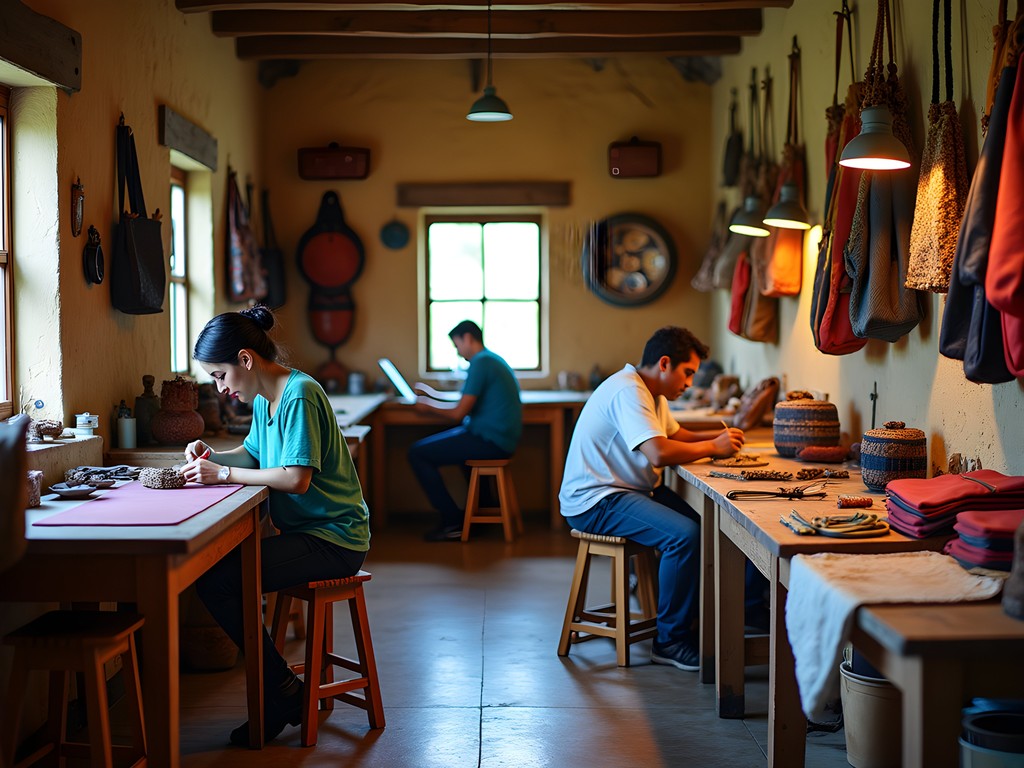
💡 Pro Tips
- Visit Atelier Créole early in the day to catch the artisans at work
- Bring cash for the Sunday market—most vendors don't accept cards
- Ask shopkeepers about the story behind their products—many items have fascinating cultural significance
Eat Like a Local (On a Buyer's Budget)
Let's talk food—because Vacoas delivers culinary experiences that would make any foodie influencer scramble for their camera, all without the tourist markup.
Street food is where Vacoas truly shines. The dholl puri stands near the central market serve what I can only describe as Mauritian fast food perfection. These yellow split pea flatbreads filled with curry, pickles, and chutney cost around 30 rupees (less than $1) and deliver more flavor than meals I've had at Michelin-starred restaurants. My go-to spot became Chez Pushpa, where the owner recognized me by day three and started adding extra chili sauce without me asking.
For a proper sit-down meal that won't destroy your budget, Le Tandoor on Church Street serves Indo-Mauritian cuisine that reflects the island's cultural fusion. Their fish vindaye (mustard-marinated fish) with coconut chutney costs about 250 rupees and pairs perfectly with a Phoenix beer. The restaurant doesn't look like much from outside, but the hand-painted murals and family photos inside tell stories of recipes passed through generations.
Coffee culture has found its way to Vacoas too. Café Créole near the bus terminal serves locally-grown coffee that rivals anything I've had in specialty shops back home. I spent several mornings here with my travel mug (essential for a sustainable traveler), catching up on emails while watching the town come alive. Their breakfast combo of coffee and fresh fruit with coconut bread runs about 150 rupees.
For an ultra-local experience, find the unmarked food stalls that pop up near the taxi stand after 6 PM. Here, home cooks serve daily specials from makeshift kitchens. I tried a jackfruit curry that changed my understanding of what this fruit can be. Just point to what looks good—language barriers dissolve when food is this delicious.
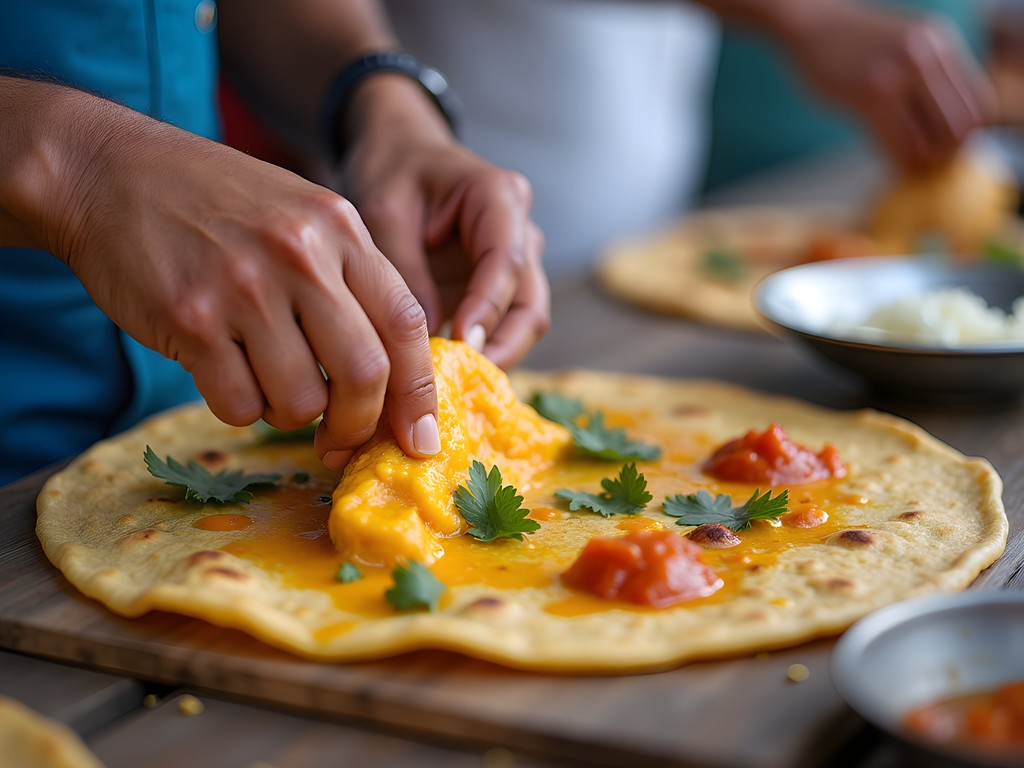
💡 Pro Tips
- Try gâteau piment (chili cakes) from morning street vendors for the most authentic breakfast
- Look for places where locals line up—that's always a good sign
- Ask for spice levels to be adjusted unless you're accustomed to serious heat
Connect With Locals Through Cultural Immersion
The real magic of Vacoas isn't in any attraction—it's in the connections you make with locals who rarely interact with tourists. This town offers authentic cultural immersion that no resort package could ever deliver.
My accidental entry point into local life was through a morning tai chi group at Vacoas Garden. I noticed them while jogging and simply asked if I could join. Not only did they welcome me, but Raymond, the 70-year-old group leader, invited me to his home for tea afterward. This turned into a weekly ritual where his wife taught me to make proper Mauritian tea (hint: it's all about how you crush the vanilla bean).
The Vacoas Municipal Library became my unexpected hangout spot. For a 50 rupee visitor fee, you can access their collection, which includes fascinating historical documents about the island's colonial past. The librarian, Mrs. Ramcharan, took interest in my notebook sketches and connected me with her son who runs a small textile printing workshop.
Religious sites offer another window into local life. The colorful Tamil temple on Sivananda Street welcomes respectful visitors, especially during afternoon ceremonies. Similarly, the Jummah Mosque opens its courtyard to non-Muslims outside of prayer times. At both places, I was struck by how eager people were to explain their traditions when approached with genuine curiosity.
For an immersive evening, check community boards for sega dance gatherings. This vibrant Mauritian music and dance style evolved from the island's African heritage. I joined a community class at the Vacoas Youth Center where my complete lack of rhythm became apparent, but nobody cared. The travel tripod I brought along captured some great time-lapse videos of the dance progression that became my most-liked social posts from the trip.
My most meaningful connection came through a chance meeting at Café Créole with a local fashion design student. Our shared industry interests led to impromptu tours of neighborhood fabric shops I would have never found on my own, and conversations about how global fashion trends translate into Mauritian street style.
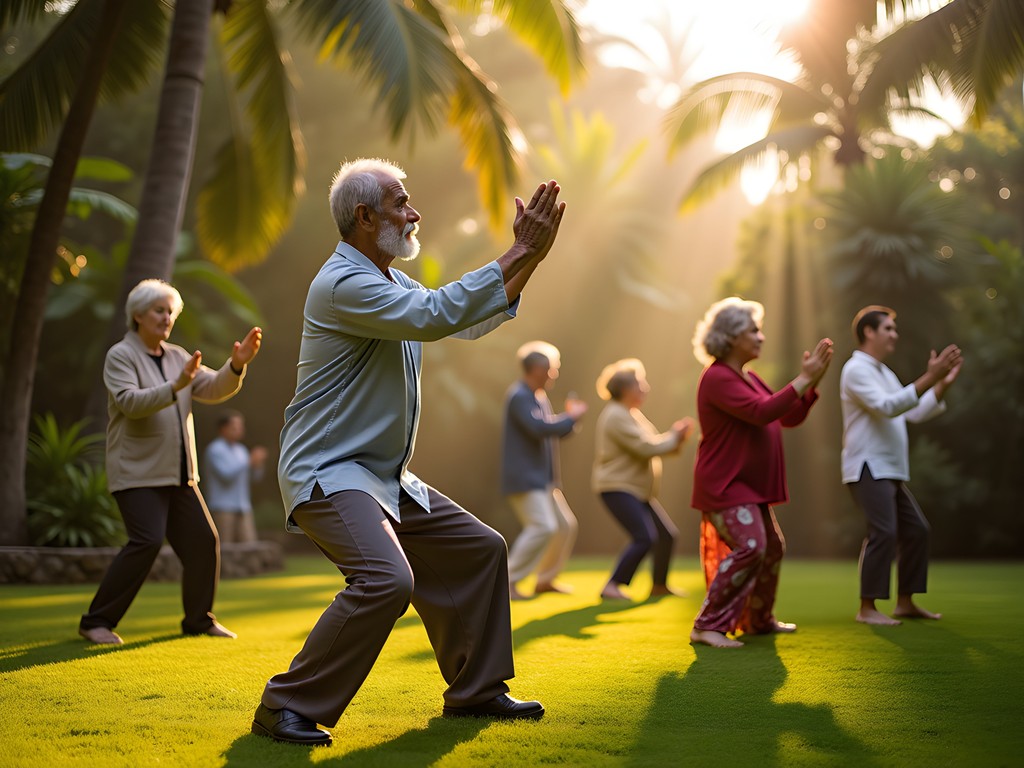
💡 Pro Tips
- Learn basic Mauritian Creole phrases—even simple greetings open many doors
- Bring small gifts from your home country to share with people who show hospitality
- Accept invitations to homes or community events—these often become trip highlights
Day Trips That Locals Actually Take
While staying in Vacoas, I discovered that locals have their own favorite escapes—places that rarely make it into guidebooks but offer authentic experiences away from the international tourist crowds.
Rochester Falls became my weekend sanctuary after a shopkeeper mentioned it during a conversation about local swimming spots. Unlike the more famous Seven Colored Earths or Chamarel Waterfall, Rochester rarely sees foreign visitors. About an hour's drive from Vacoas, these cascades flow through sugarcane fields creating natural swimming pools. I joined a group of local families who bring weekend picnics. They shared their home-cooked briani (a spiced rice dish) and showed me the safest spots to cliff jump. Bring a waterproof phone case because you'll want to capture the experience without risking your electronics.
For a cultural day trip, locals recommended Ganga Talao (Grand Bassin), a sacred Hindu lake cradled in the mountains. While it does appear in some guidebooks, visiting with local insight makes all the difference. My taxi driver, Prakash, explained that Tuesday visits are special to devotees of Lord Shiva, making it less crowded but more authentic than weekends. He showed me the proper way to approach the shrines and introduced me to a priest who explained the lake's significance in Hindu mythology.
Le Pouce Mountain offers a half-day hiking escape that delivers panoramic views after just 2-3 hours of moderate climbing. I joined a Sunday morning group of local hikers who meet weekly at the trailhead. They pointed out native plants and viewpoints I would have missed alone. The summit view encompasses both coastlines of the island—a perspective that helps you understand Mauritius' geography in a way no map can convey.
Perhaps my favorite local escape was Case Noyale fishing village. While tourists flock to Grand Baie or Flic en Flac beaches, this authentic working harbor offers a glimpse into island maritime life. I watched fishermen mend nets and sort their daily catch, then enjoyed the freshest fish curry of my life at Chez Meena, a home-based eatery where the day's menu depends entirely on what the boats brought in. No English menu, no credit cards—just point and prepare for seafood perfection.

💡 Pro Tips
- Visit Rochester Falls on weekdays to have the place nearly to yourself
- For Ganga Talao, bring modest clothing that covers shoulders and knees as it's a religious site
- Join the Vacoas Hiking Club Facebook group to find local hiking companions
Final Thoughts
My week in Vacoas transformed how I'll approach travel going forward. In this unassuming inland town, far from the polished resorts and Instagram hotspots, I found the authentic Mauritius—a place where cultural traditions thrive, where craftsmanship is valued over mass production, and where strangers quickly become friends over shared meals and stories. As a retail buyer constantly surrounded by manufactured experiences and curated spaces, this immersion into genuine local life was exactly what my soul needed. The next time someone mentions Mauritius and immediately gushes about luxury beachfront properties, I'll smile knowing there's a whole other island experience waiting inland—one that costs a fraction of the price but delivers infinitely more authentic connections. So ditch the tourist trail, grab your day pack, and head to Vacoas. The real Mauritius is waiting for you, dholl puri in hand.
✨ Key Takeaways
- Connect with locals through shared activities like morning tai chi or community events
- Explore inland Mauritius for a more authentic and budget-friendly experience
- The best food experiences are found at unmarked street stalls and family-run eateries
📋 Practical Information
Best Time to Visit
May-June and September-November (shoulder season)
Budget Estimate
$30-50/day excluding accommodation
Recommended Duration
3-7 days
Difficulty Level
Easy
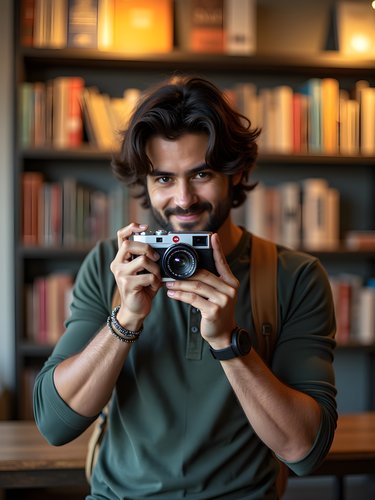
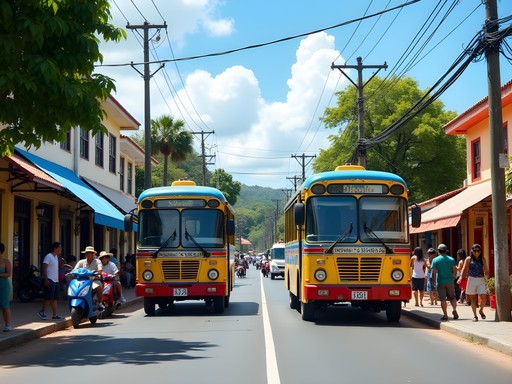
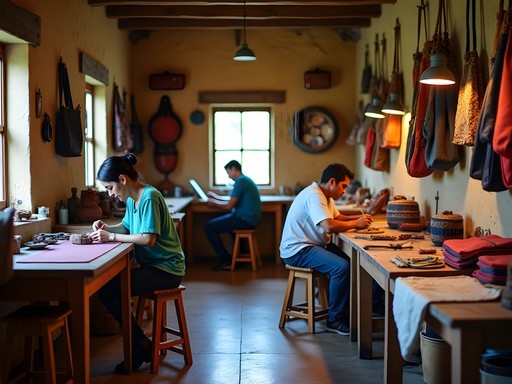
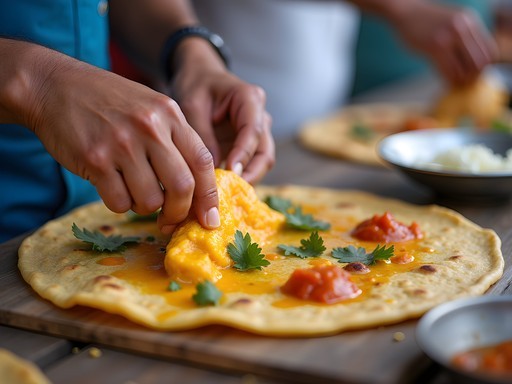
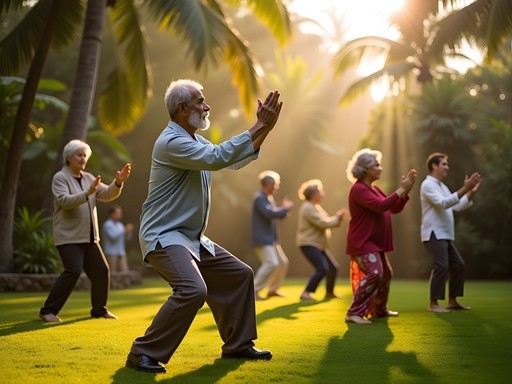
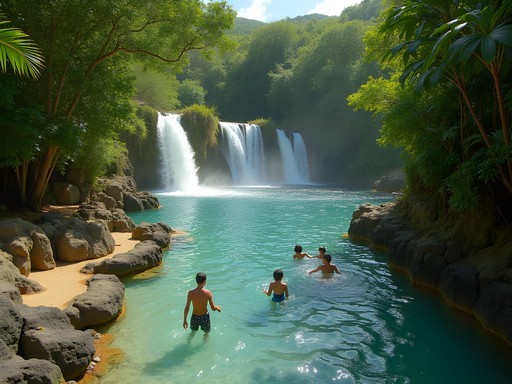


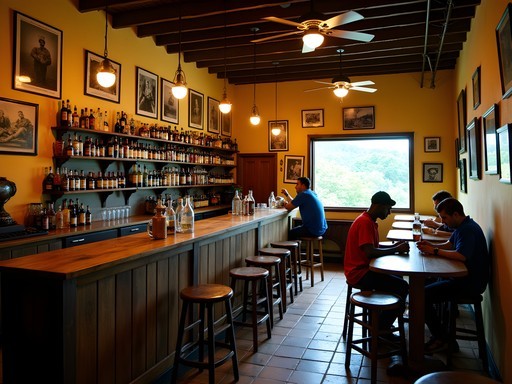





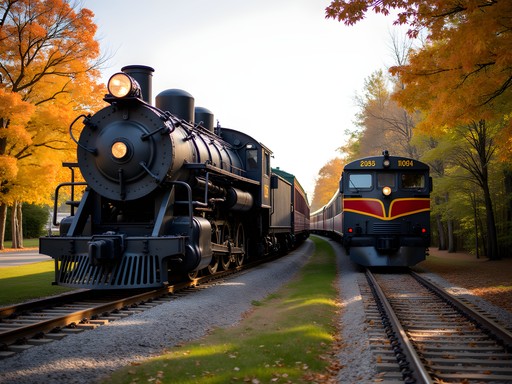

Comments
Stephanie Romano
Jose, your post brought back so many memories! We took our kids (8 and 11) to Mauritius last spring and spent three days in Vacoas as part of our trip. The highlight was definitely the cooking class we took with a local grandmother who taught us how to make proper dholl puri and rougaille. My kids still talk about it! We also found this amazing little toy shop where an older gentleman was hand-carving wooden toys - my son's little wooden car from there is now his prized possession. For families considering Vacoas, I'd add that the municipal park has a great playground where local kids gather in the evenings - perfect for making friends despite language differences. Kids are the best cultural ambassadors! The inland areas of Mauritius deserve so much more attention than they get.
coolphotographer
Did you feel safe walking around Vacoas with your camera? Planning a photography trip there and wondering about safety in the less touristy areas.
Jose McDonald
Absolutely felt safe! Just use normal precautions like you would in any city. People were actually curious and friendly when they saw my camera. The market vendors especially loved having their photos taken (just ask first). The light in late afternoon is magical in the town center!
dreamlover
Just got back from Mauritius and followed your advice about Vacoas! SO GLAD I DID! The Cultural House you mentioned was hosting a sega dance workshop when I visited - ended up spending the whole evening learning traditional moves with locals. Also stumbled upon this tiny shop selling handmade model ships made from actual island woods - bought one for a fraction of what they cost in tourist areas. You were right about the buses too - chaotic but SO FUN once you figure them out! Thank you for inspiring me to go beyond the beaches!!!
journeylover
Love how you connected with locals! Did you find language to be a barrier at all? Planning my trip for January!
coffeenomad
Not Jose, but I found most people in Vacoas speak at least some English. Learning a few Creole phrases goes a long way though!
travelmaster
Great post! We stayed in Vacoas for 3 days during our Mauritius trip and it was the highlight. If anyone's going, don't miss the Wednesday market - it's smaller than the weekend one but the vendors have more time to chat. Also, there's a small family-run restaurant behind the main post office (can't remember the name) that serves the best mine frite I've ever had. The grandma who runs it will keep bringing you homemade chili sauce until you beg her to stop!
Taylor Moreau
Jose, this resonates so much with my experience in Mauritius last year. I was there for a business conference and extended my stay specifically to explore beyond the resort areas. Vacoas surprised me too! The municipal market was a revelation - I still dream about those fresh lychees and mangoes. Did you try the street food near the bus terminal? Those dholl puris with that spicy tomato sauce were incredible. I found using the local buses intimidating at first but ended up being the best decision - met a lovely elderly couple who invited me to their home for tea. These are the memories that stick with you, not the generic resort experiences.
dreamlover
Taylor, did you feel safe wandering around on your own? Planning a solo trip there next month!
Taylor Moreau
Absolutely! Just use common sense like anywhere else. The locals were incredibly helpful when I looked lost. I carried a pocket phrasebook which helped break the ice with locals.
coffeenomad
Finally a post about the real Mauritius! Those inland towns never get enough love.
journeylover
Right?? I'm so tired of just seeing resort photos from Mauritius!
coffeenomad
Exactly! The best experiences are always away from the tourist zones.
roamlegend
THIS!!! Finally someone writing about the real Mauritius! The coastal areas are beautiful but the soul of the country is inland!
Sage Dixon
Jose, this is the kind of content that makes travel meaningful! I spent three weeks backpacking through Mauritius last year and stumbled upon Vacoas almost by accident. Ended up staying with a local family for four days after meeting them at that exact tea shop you mentioned! The inland towns have this beautiful rhythm that's completely different from the coastal resorts. I recorded some of the local sega music performances and still listen to them when I need a mental vacation. Did you make it to the Hindu temple on the outskirts of town? The caretaker there showed me around and explained all the symbolism - one of those unexpected travel moments you never forget. I used my travel journal to document all those conversations with locals - best souvenir from the trip!
islandninja
If you're staying in Vacoas, I highly recommend the Saturday night food market near the municipal council. It's mostly locals and the dholl puri stands there are the real deal. Also, learning just a few Creole phrases goes a long way - people really appreciated when I tried!
Venture X
Premium card with 2X miles, $300 travel credit, Priority Pass